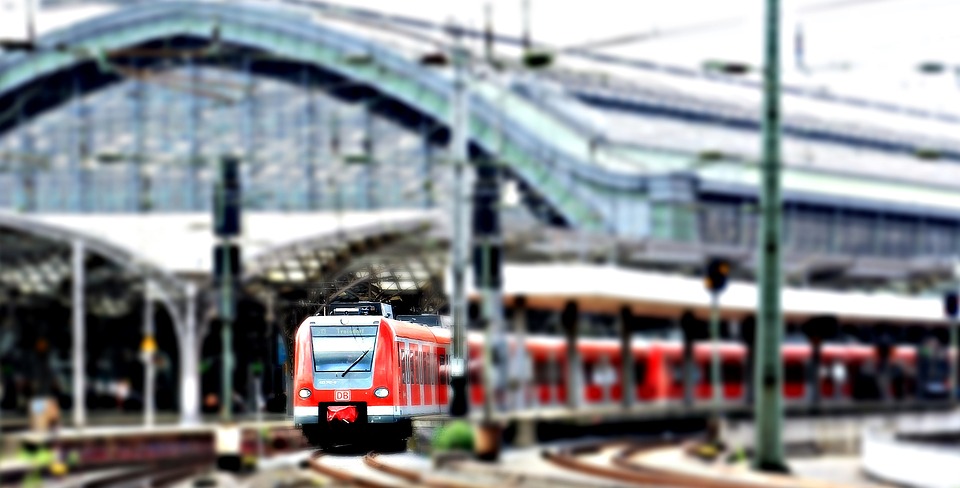
SELECTED EXAMPLES OF BEST PRACTICES ON PUBLIC TRANSPORT SOLUTIONS
ROSTOCK
INTEGRATION OF PUBLIC TRANSPORT – experts agree that the integration of public transport should result in improving the quality of services and rationalizing the expenses from public funds incurred on public transport operations. The Region of Rostock has significant experience in this respect. The experience is especially valuable since public transport integration may also generate adverse effects. The integration of public transport may lead to market monopolization (decrease of competition). If competition between operators is decreased, the pressure to maintain or improve the quality of rendered services may cease to exist.
BLEKINGE
USE OF ALTERNATIVE FUELS TO POWER THE FLEET OF PUBLIC TRANSPORT VEHICLES – Growing number of restrictions on natural environment protection and
accepted liabilities regarding the reduction of greenhouse gas emissions require changes in the applied technologies for powering the public transport fleet of vehicles. At present, the producers of bus fleet of vehicles are working on developing hybrid, electric, hydrogen and gas power technologies. In the region of Blekinge 96% of public transport vehicles are powered by renewable fuels. Therefore, the fleet of public transport vehicles operating in Blekinge belongs to the European top fleets regarding its friendliness to the environment.
KLAIPEDA
DEVELOPING COMPETITION BETWEEN CARRIERS THROUGH ORGANIZING OPEN TENDERS – As a result of contracts on transport services concluded with
carriers under tender procedures the increase in competition between carriers is possible. The competition leads to rationalization of public transport operational expenses and
contributes to reducing the volume of subsidies from public funds. In the region of Klaipeda all carriers providing public transport services are selected under tender procedures.
POMORSKIE
MARKETING RESEARCH ON THE INHABITANTS’ TRAVEL BEHAVIOUR AND PREFERENCES – in the Pomeranian Voivodeship representative marketing research
is concluded regularly by particular operators of public transport. As a result, the inhabitants’ travel behaviour and preferences are studied, which helps adapt the public transport offer to their needs and expectations.
VIIMSI MUNICIPALITY
FARE-FREE PUBLIC TRANSPORT – Reference literature indicates social, economic and environmental grounds for implementing fare-free public transport. Fare-free public
transport is also often introduced for limited time (e.g. implementation of investment), trial period (as research process) or in emergency situations (e.g. flood in Prague in 2002). Therefore, it is usually possible to identify grounds for taking decision on the introduction of fare-free public transport. Estonia, and especially its capital, Tallinn’s indicated as pioneer in providing fare-free public transport services. It is worth mentioning that the introduction of fare-free public transport in Tallinn was preceded by a referendum.
GULDBORGSUND
DEMAND-RESPONSIVE PUBLIC TRANSPORT – Within the whole area of Guldborgsund municipality, every day from 6.00am to 11.00pm demand-responsive public transport is available. The solution helps to increase effectiveness and profitability of public transport through services provided only when the demand is made. Demand-responsive public transport operates best on low population density areas (low/irregular demand) and in the case of passengers with special needs (e.g. people with disabilities). In the municipality of Guldborgsund population density amounts to 68 inhabitants per 1km² (Denmark 133.9inhabitants/km², UE 115 inhabitants/km²).
